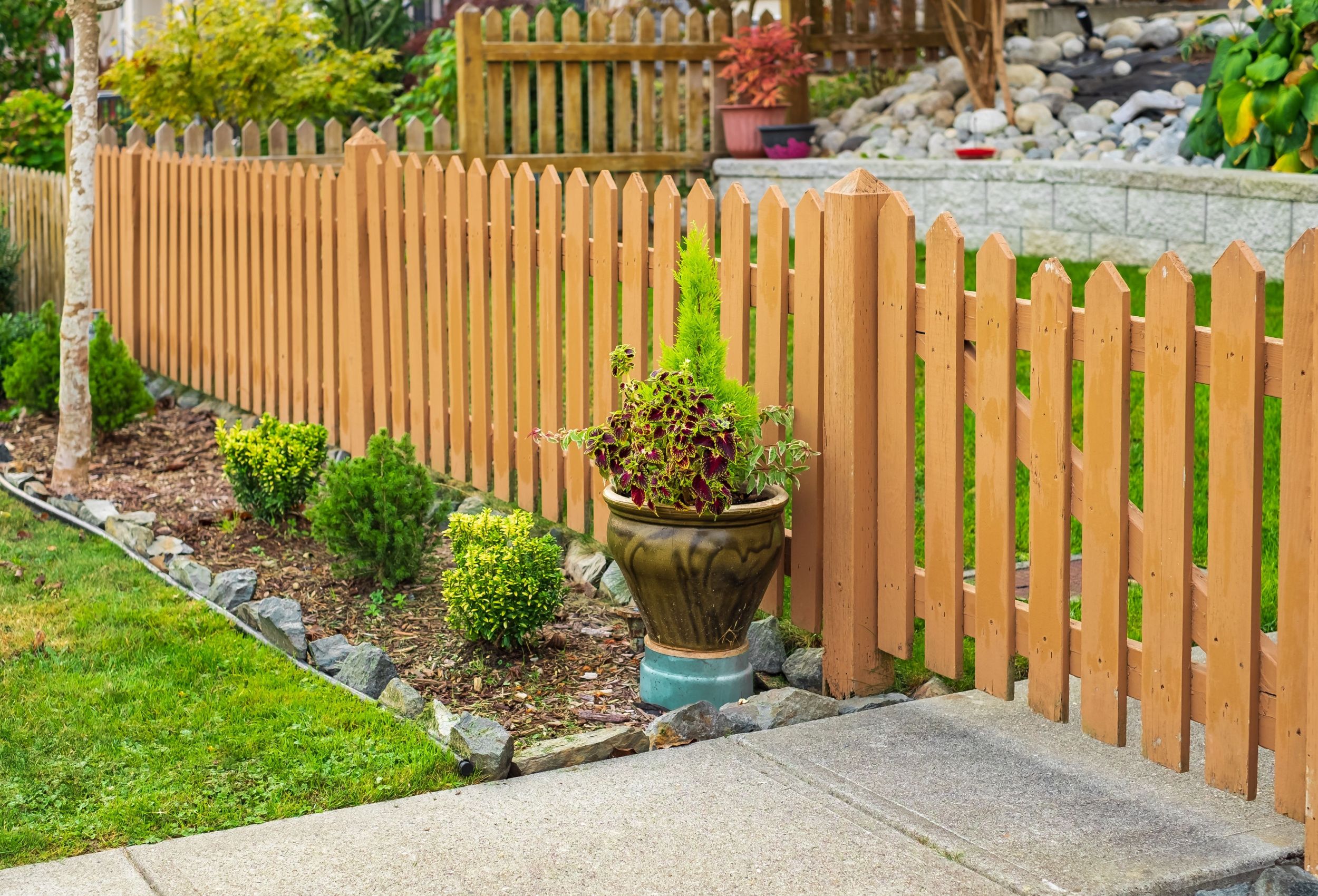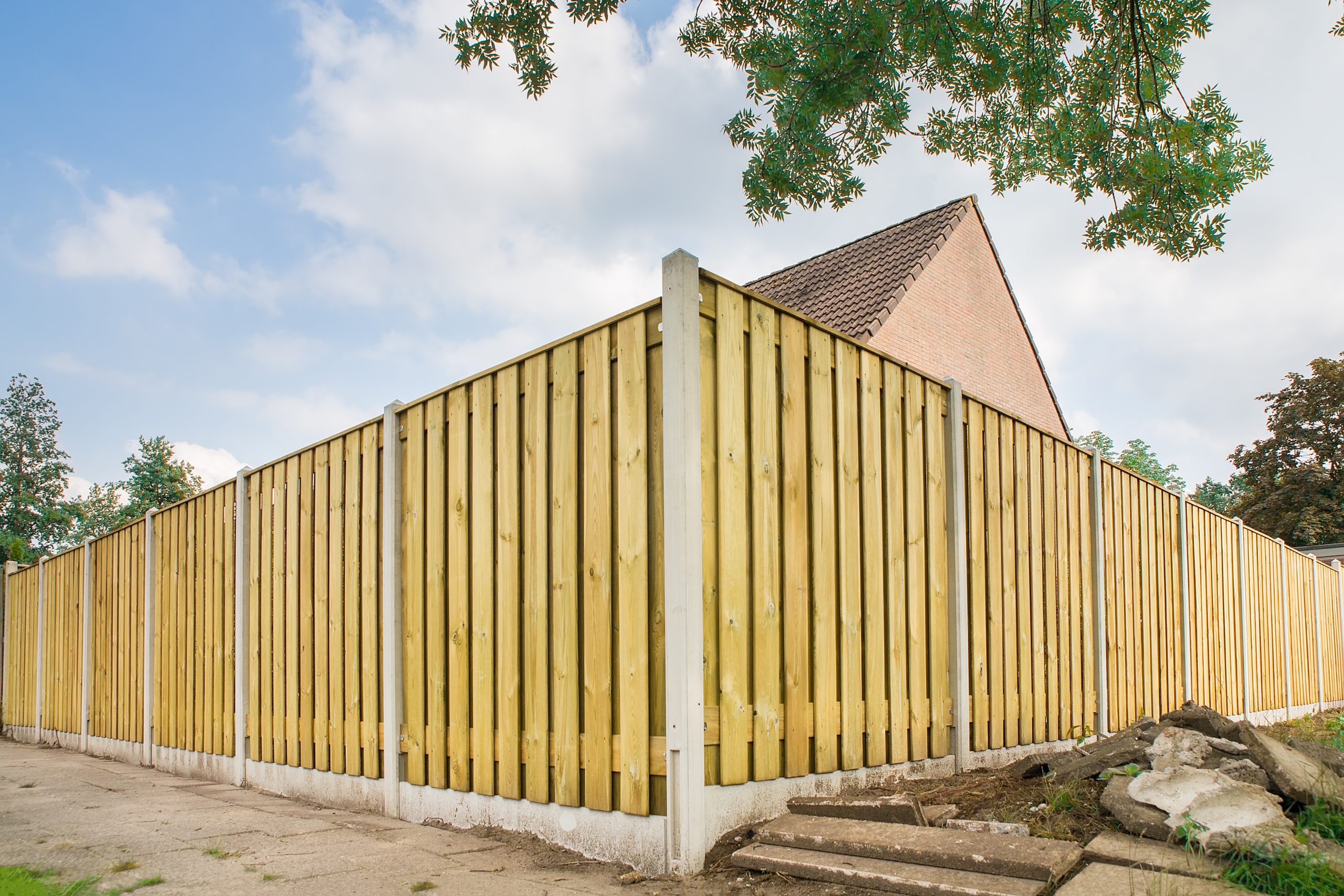All Categories
Featured

A fence is a useful enhancement to any home, offering security, personal privacy, and boosting the total visual allure of your home or organization. Nonetheless, like any type of exterior framework, a fence will normally wear down gradually because of direct exposure to the elements, crashes, or merely age. Recognizing the indications that your fence needs to be replaced can help you prevent further damage and keep the safety and security and appearance of your residential or commercial property. Here are some essential indications that it's time to replace your fence.

- Noticeable Damages or Degeneration
Among one of the most evident indications that your fencing needs to be replaced is visible damages. Whether it's from weathering, accidents, or bugs, any type of significant cracks, splintering, or missing boards can considerably decrease the structural stability of your fencing. If the damage is extensive and exceeds just a couple of fixings, replacing the whole fencing may be much more cost-efficient in the lengthy run.
- Leaning or Sagging
A sagging or leaning fence is a clear sign of a trouble. Gradually, the rails and blog posts can change because of dampness, decaying, or bad setup. If your fence is no much longer standing straight or leaning at an angle, it's a great sign that the structure is endangered, which may call for a full substitute. Even if the fence shows up to be leaning somewhat, it could be a sign of underlying structural issues that might intensify with time.
- Worn Out or decaying Wood

Wooden fences are particularly vulnerable to rot and decay, especially in areas that experience high levels of dampness or moisture. If you discover that parts of your wooden fencing are soft, blemished, or have noticeable mold, these are all indications of rot.
- Corrosion and Rust (For Steel Fences)
If you have a steel corrosion, fencing and corrosion are usual signs of degeneration,. With time, exposure to moisture, rainfall, and snow can trigger steel fencings to establish corrosion places, which can spread out and compromise the structure. While small rusting can often be repaired, considerable rusting or rust may make the fencing dangerous and demand a full replacement. It might be time to think about changing your steel fence. if you observe any type of considerable weakening or huge locations of corrosion.
- Fencing No More Meets Your Needs
Another factor to change your fence can be that it no more offers its intended function. In time, your demands may alter-- perhaps you require a higher fencing for more personal privacy or a stronger one for boosted safety. If your fence no more satisfies your needs or doesn't line up with your current preferences, it may be time to update to a brand-new, extra functional style.
- Fading and Staining
While fading and discoloration are typically aesthetic problems, they can still suggest that your fence is aging. Direct exposure to UV rays and harsh climate can cause fencings to lose their initial color, making them look used and boring. If the fading is substantial and you've already attempted cleansing and tarnishing the fencing, it may be time to replace it to recover the look of your residential property.
- Frequent Repair Services
If you locate on your own regularly fixing your fencing, it could be an indication that the fencing is nearing the end of its life expectancy. While small repair services can extend the life of a fencing, regular fixes may suggest that the structure is no more steady. In this situation, it may be more affordable to replace the whole fence rather than proceeding to purchase repairs.
Verdict
Replacing a fencing is a considerable investment, yet it is important for keeping the safety, personal privacy, and visual allure of your residential or commercial property. If your fencing is revealing indications of damages, rot, leaning, or various other architectural problems, it's critical to examine whether a replacement is required. By identifying these warning indicators beforehand, you can make informed choices about when to change your fencing, ensuring your residential or commercial property continues to be safe and aesthetically appealing for many years ahead.
Latest Posts
Uncover the Best Auto Repair Deals in Montclare, Chicago
Published May 27, 25
1 min read
How to Know When Your Car Needs Skilled Auto Repair at Montclare Auto Repair
Published May 27, 25
1 min read
The Benefits of Regular Car Maintenance at Montclare Auto Repair Reduces Costs
Published May 22, 25
1 min read
More
Latest Posts
Uncover the Best Auto Repair Deals in Montclare, Chicago
Published May 27, 25
1 min read
How to Know When Your Car Needs Skilled Auto Repair at Montclare Auto Repair
Published May 27, 25
1 min read
The Benefits of Regular Car Maintenance at Montclare Auto Repair Reduces Costs
Published May 22, 25
1 min read